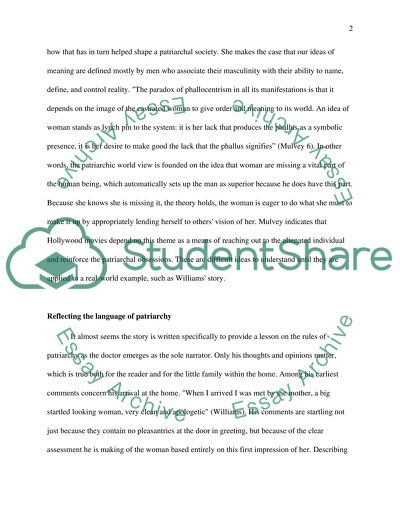Cite this document
(“Consider The Use of Force by William Carlos Williams to prove and Essay”, n.d.)
Retrieved from https://studentshare.org/english/1498022-consider-the-use-of-force-by-william-carlos
Retrieved from https://studentshare.org/english/1498022-consider-the-use-of-force-by-william-carlos
(Consider The Use of Force by William Carlos Williams to Prove and Essay)
https://studentshare.org/english/1498022-consider-the-use-of-force-by-william-carlos.
https://studentshare.org/english/1498022-consider-the-use-of-force-by-william-carlos.
“Consider The Use of Force by William Carlos Williams to Prove and Essay”, n.d. https://studentshare.org/english/1498022-consider-the-use-of-force-by-william-carlos.


